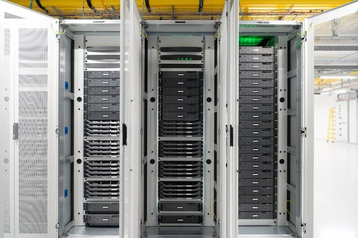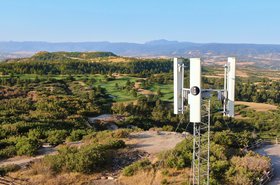O2 Telefónica and Ericsson have signed an extension to their existing core network partnership.
In an announcement, Ericsson said the next stage of the partnership will "launch the next evolutionary stage in the operator’s drive to capture 5G value in the country."
The vendor's dual-mode 5G Core and cloud infrastructure solutions provide mobile connectivity for O2 Telefónica’s 45 million 5G Standalone, 5G non-Standalone, 4G, and 2G subscribers.
According to Ericsson, the duo will continue to future-proof the network.
“We always want to offer our customers an outstanding network experience by delivering the full value of cloud-native and 5G Standalone to them," said Mallik Rao, chief technology & information officer (CTIO) of O2 Telefonica. "The core network is the heartbeat for this.
"With Ericsson, we have embarked on a cloud-native transformation journey and are now going to develop it further by expanding our portfolio and capabilities towards network slicing, automation, and API access. This allows us to roll out new features faster and without temporary maintenance breaks - an important step towards the network of the future.”
For O2 Telefónica, the contract extension builds on the telco's recent cloud-native transformation with Ericsson, which has seen the company modernize its packet core network to run on the vendor's cloud infrastructure.
This helped to support the launch of the telco's 5G SA network, which it launched last year.
5G SA is not reliant on older mobile generations and solely uses a 5G core network. Non-Standalone 5G is the first implementation of the 5G network architecture and is designed to be deployed on top of an existing 4G LTE network.
Ericsson claims that its dual-mode 5G Core powers close to half of the world's live 5G SA networks.
The partnership has also enabled O2 Telefónica access to Ericsson’s full-stack core network (including applications, infrastructure, and automation tools).
Last month, the telco completed the In-Service Software Upgrade (ISSU) of network functions in the core network’s user plane in O2 Telefónica’s production network under load, at scale, and without service disruption.
Ericsson notes that ISSU, which is a feature of cloud-native architecture, gives high-performance mobile networks the ability to upgrade software without any service downtime.







